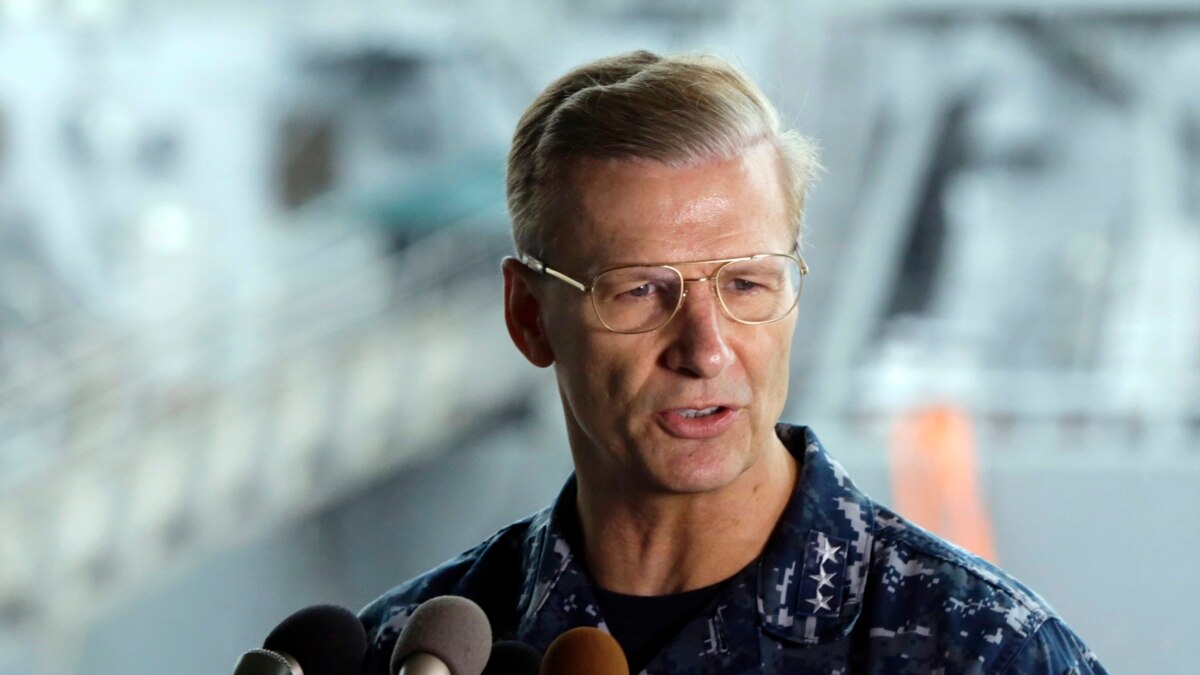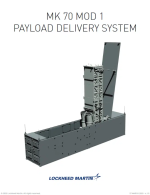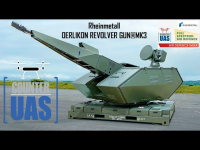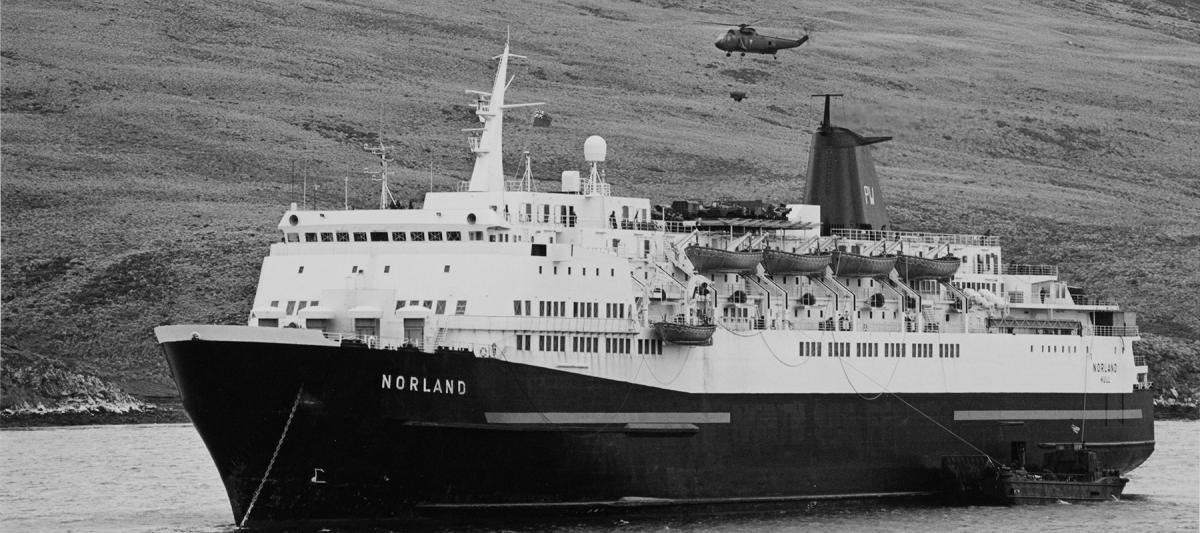Here's a theory that we haven't considered. What if the Corvette program isn't for replacing the MCDV's. What if its replacing the frigates? Again Tier 2 combatant but reworked/reworded.
The CSC are not replacing frigate capability. They are going beyond frigate capability replacement into AAW, Command and Control, Cooperative Engagment, Flag Ship, BMD and so on, with new added capabilities.
The frigates combat systems are relatively new, SMART S, 3D AMB, CMS 330 tech refresh, New UWW suite, RWS, CIWS Baseline 2B, new FCS, Block III 57mm and so on.
We also are fairly confident that the frigate structural refits are challenging and exceedingly expensive, and perhaps won't be able to keep going until the CSC have replaced the fleet overall.
There is a path here where you build 3000 ton sized ships, reuse the combat equipment and the current upgrade programs (UWW, Comms) and get yourself a ship that can do the NATO missions with global deployability.
Basically the same combat suite as the frigates but add in an 8 cell VSL instead of the current missiles, a full comms refresh, and perhaps a new hull mounted sonar. It would certainly mean negigable combat system integration and equipment costs for installation on the new ship
If DWP's are cost over a billion per year it might be time to implement something, anything to cut into those costs.
Two questions, hangar or no hangar AND who would builds them?
Victoria shipyards had demonstrated through 3 different ship types that they can do the combat suite work. We just need the MSE side of things.









